Foreword
The desire to understand Egyptian Mythology is often, irrespective of religious preference, part of a search for the source of our spirituality and for the light that has been throwing a particular glow on men´s ambitions and metaphysical speculations for thousands of years.
That history was born on the banks of the Nile is common wisdom, but the fact that spirituality and religious concept also stem from there is less obvious; probably because we have false ideas thtat Egyptians were a polytheistic and zoolastic people.
So to enter the pantheon of ancient Egypt is to try and understand the complex relationships that united Gods to men; it is to try to reach, through multiple transpositions, half human, half beast, the divine nature that haunts all civilizations…
It is to go out to meet these deities that rule life and death, sky and earth, light and darkness, night and day, order and chaos… It is to apprehend these multiformed gods that all drift from abstractness to the search of the absolute… divinities, fabulous emanations fo Re`, the sun god, the substance of the soul of the earth and all beings looking for immortality.
This work is not a theological treatise, but a breviary; it contains more than fifty gods, and may give a conception of divinity that is not so different from ours… These gods are multiple and one at the same time, they might not represent the Truth, but a symbolic truth: if the ancient Egyptians built temples, pyramids and statues, it was because they had glimpsed the inviible through the visible; and if they wanted to preserve the corporal element, it was to make resurrection of the soul possible and to open the doors of eternity.
…

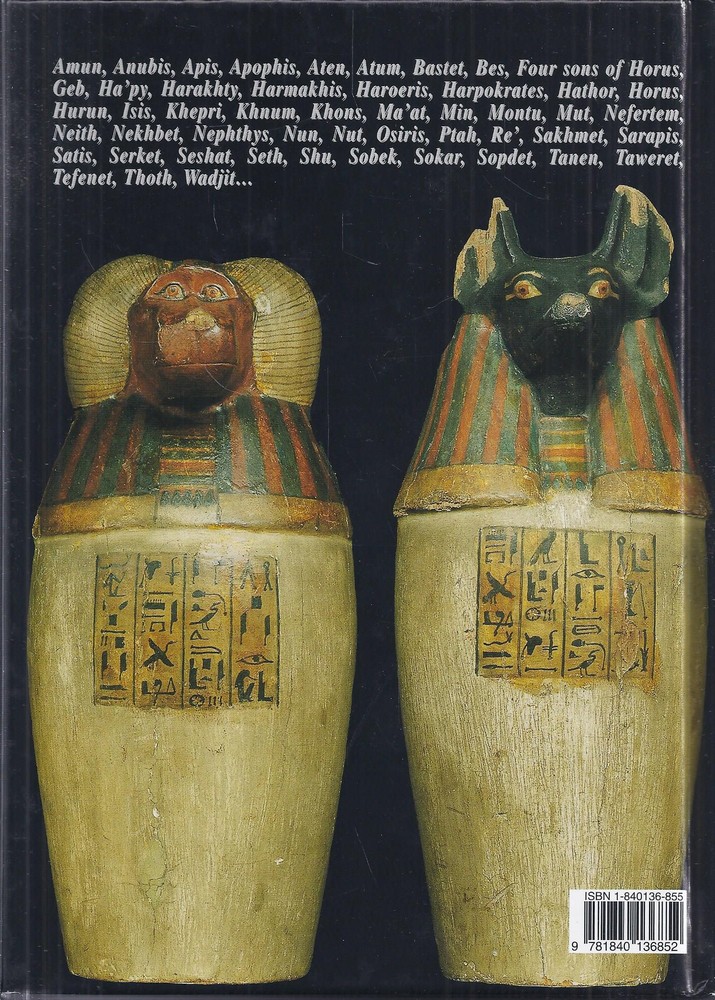
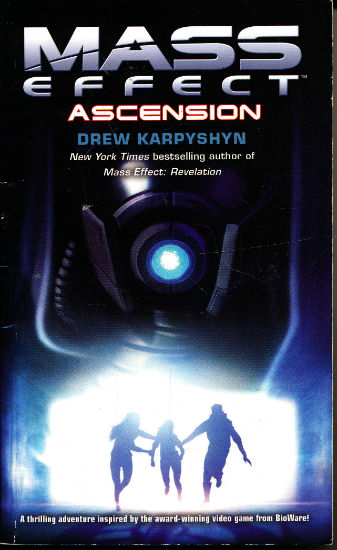




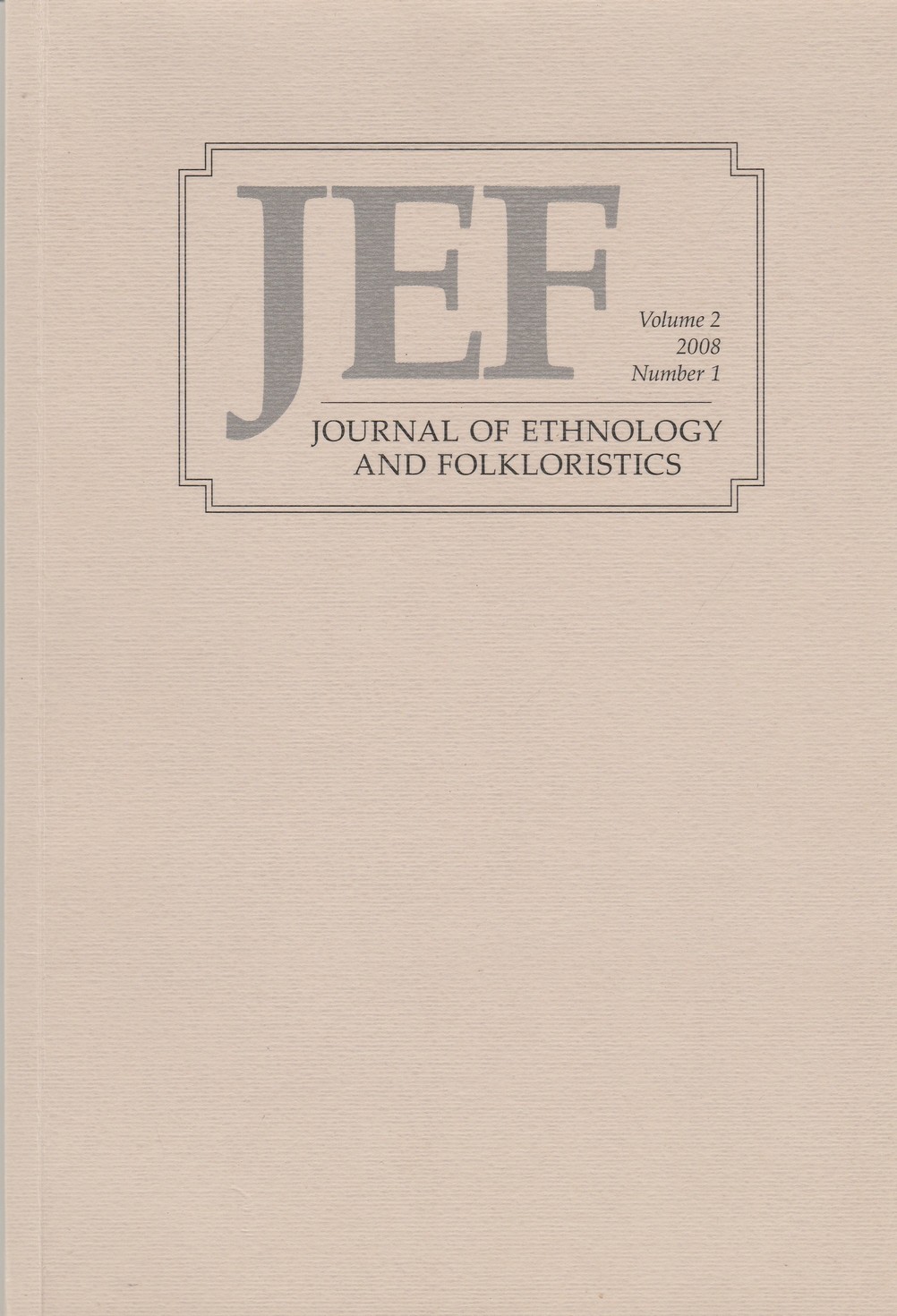
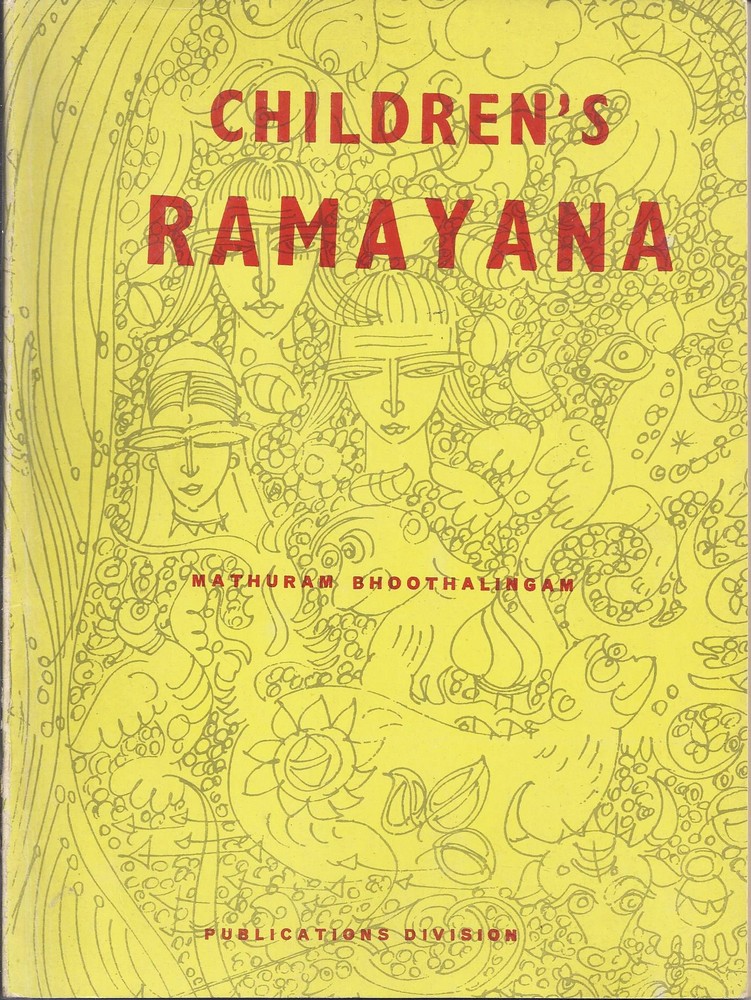
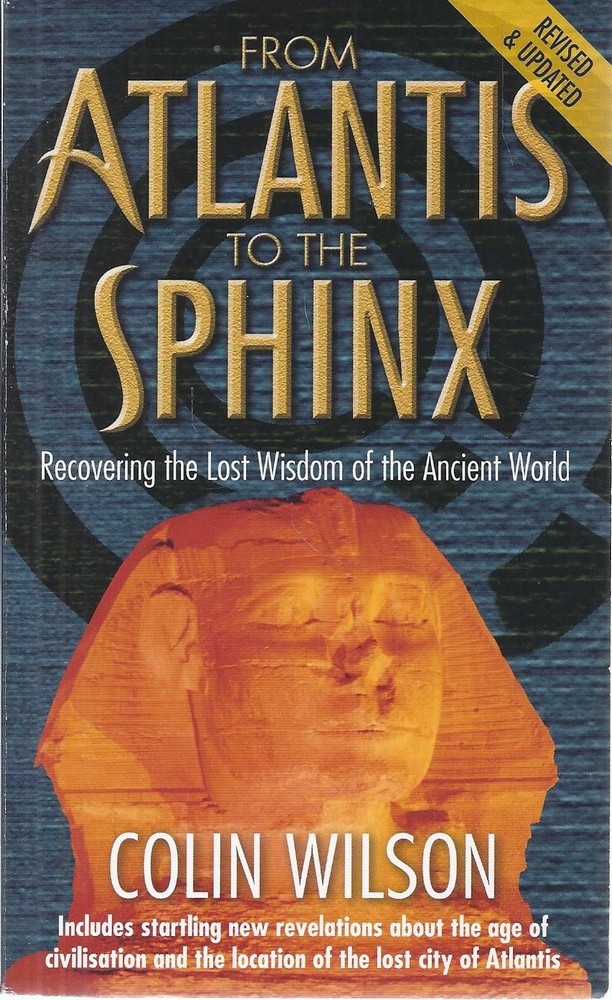

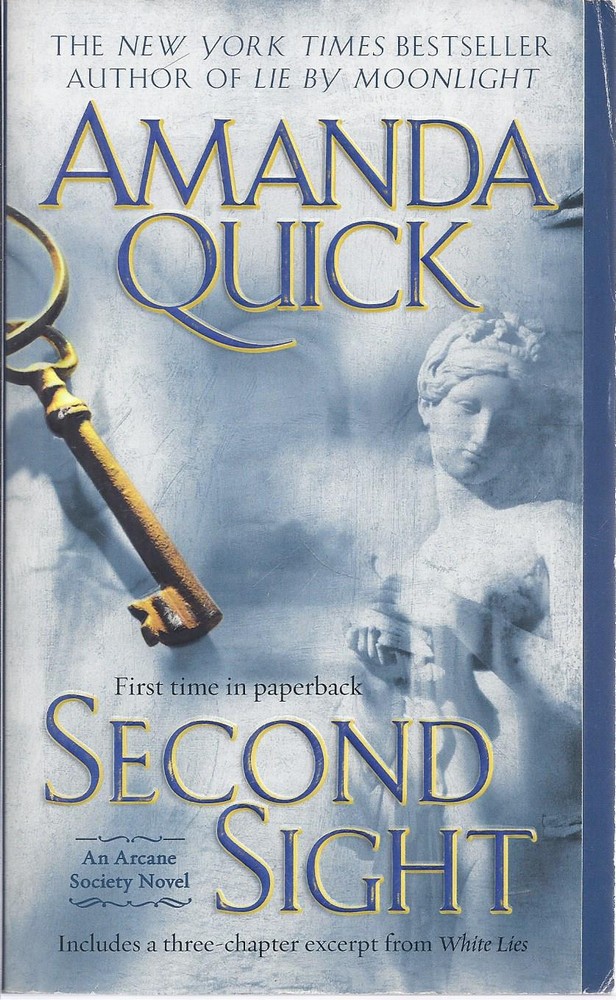



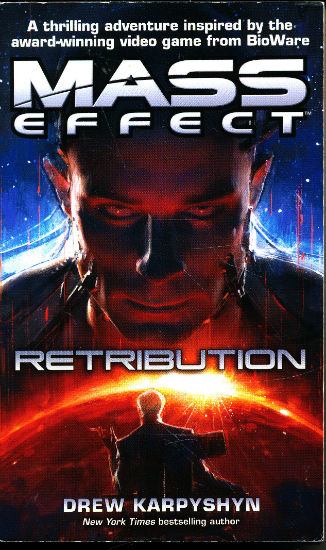
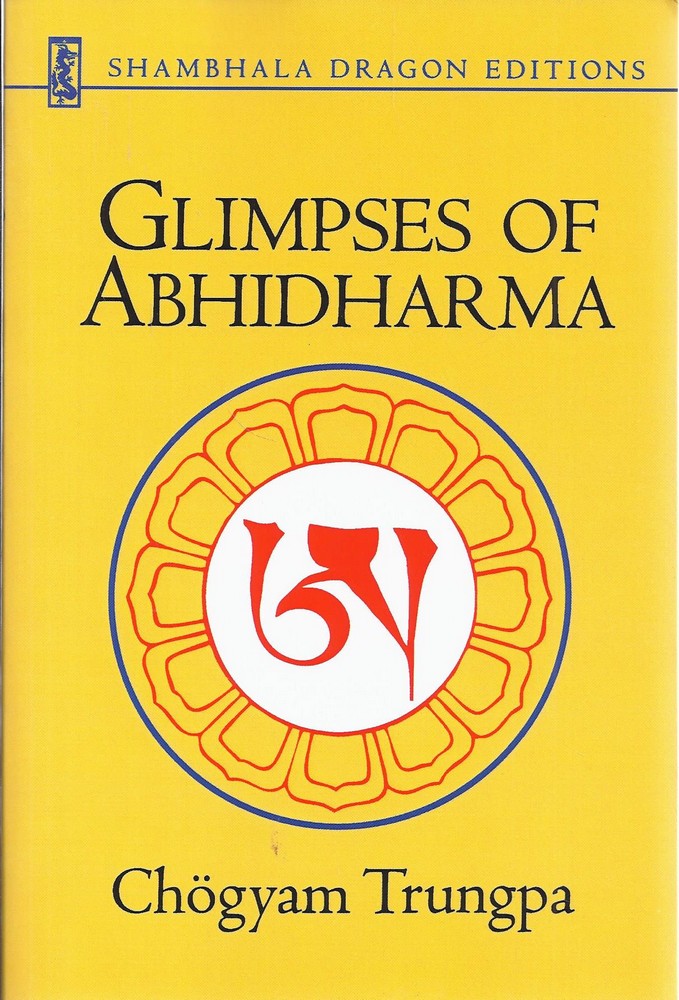





Ülevaated
Pole ühtegi ülevaadet.